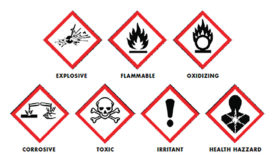Home » OSHA regulations
Articles Tagged with ''OSHA regulations''
OSHA to hold Twitter chat Q&A about new reporting requirements
Hashtag will be #Reporting2015
December 9, 2014
OSHA extends comment period on proposed reporting rule
Home builders requested more time
January 8, 2014
Become a Leader in Safety Culture
Build your knowledge with ISHN, covering key safety, health and industrial hygiene news, products, and trends.
JOIN TODAYCopyright ©2025. All Rights Reserved BNP Media.
Design, CMS, Hosting & Web Development :: ePublishing






